Artemis III: First ever manned mission to Moon's South Pole-Step-by-step details by NASA
NASA will make history by sending the first humans to explore the region near the lunar South Pole with its Artemis III mission, which is currently planned for 2025.
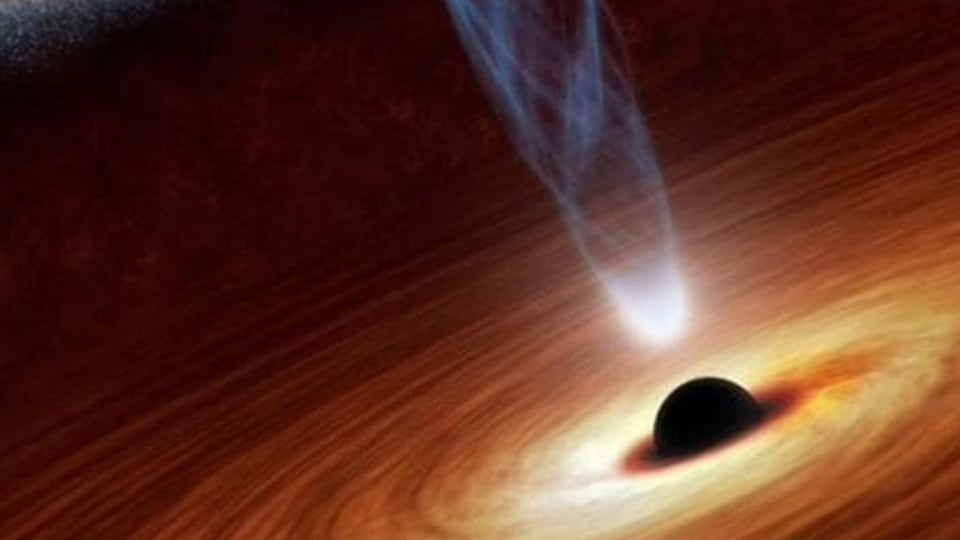

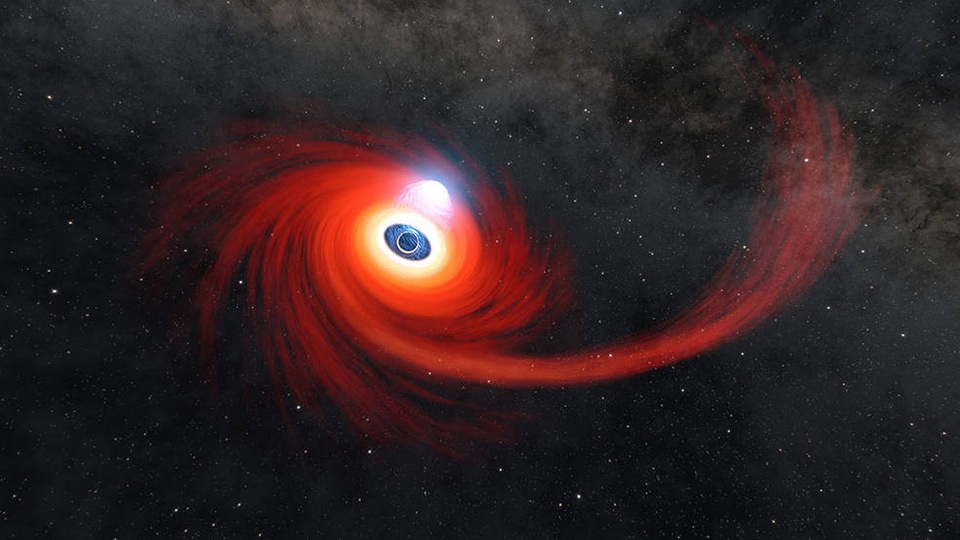

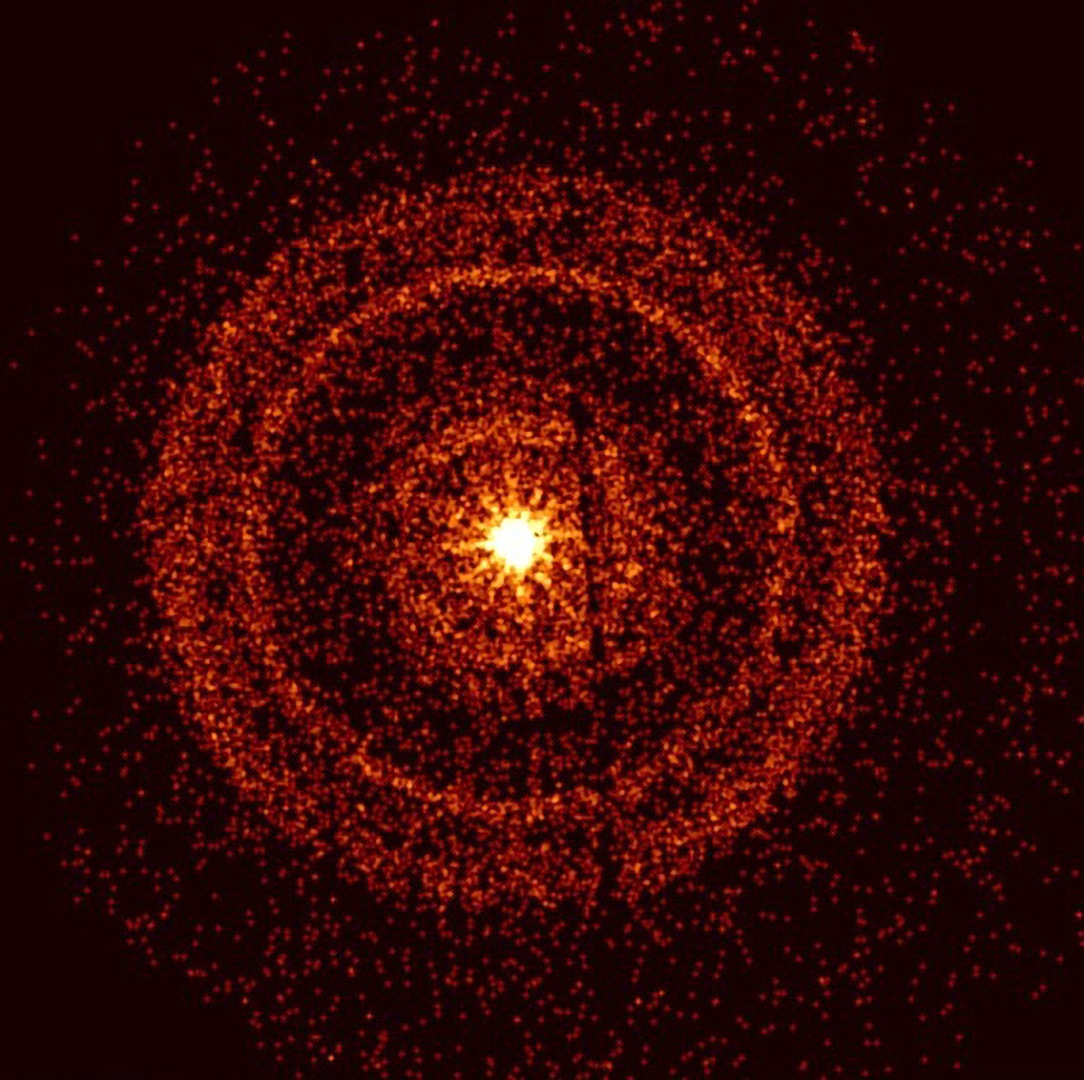
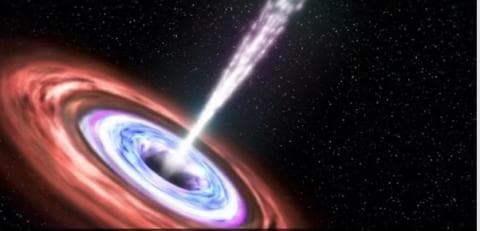
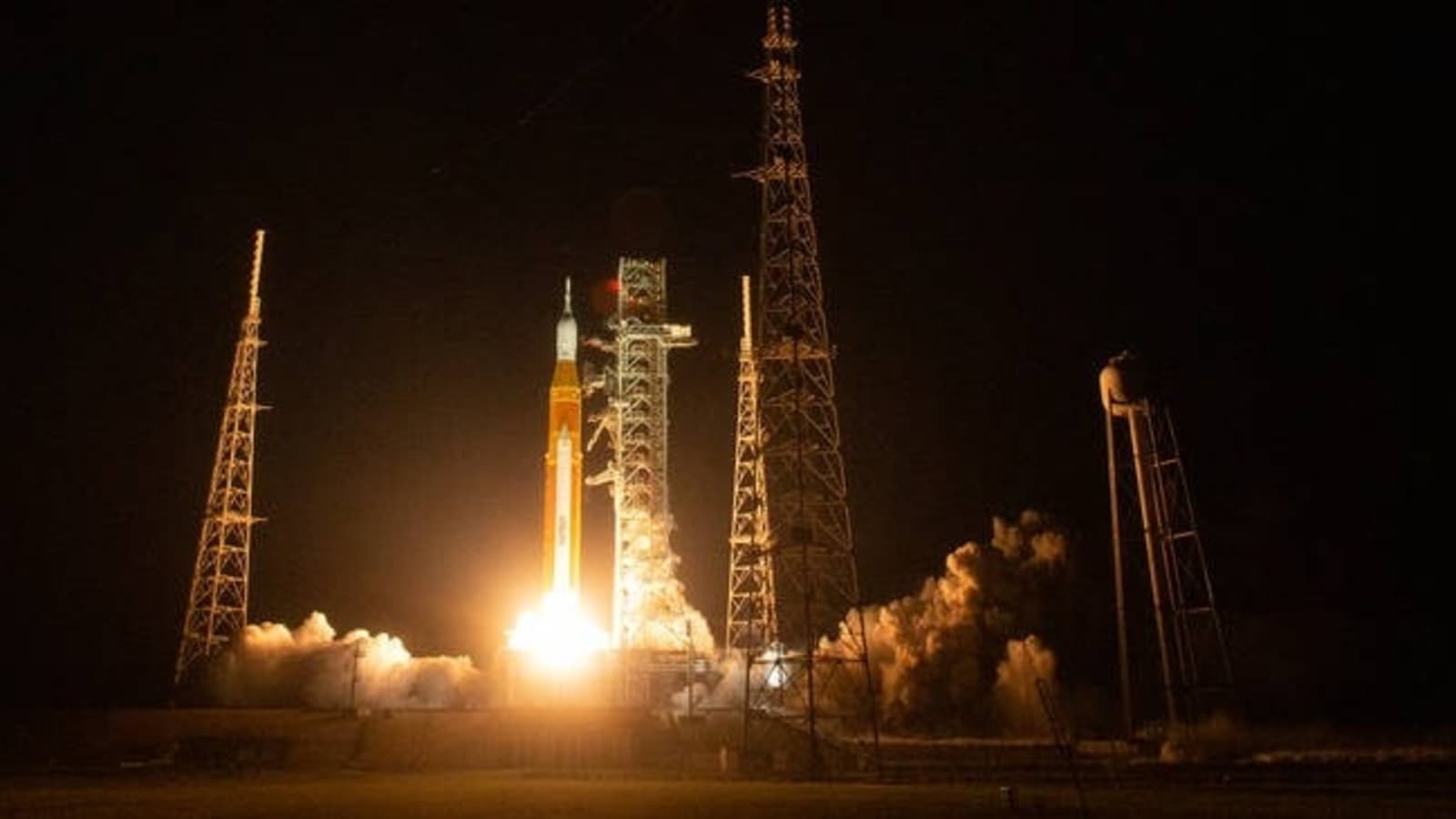
 View all Images
View all ImagesNow humans will be able to land on the Moon! Humans have always been drawn to explore, discover, and learn about our world, and other worlds around us. For the benefit of all humanity, NASA and its partners will land the first woman and first person of colour on the surface of the Moon with Artemis III. Following two Artemis test missions, Artemis III, currently planned for 2025, will mark humanity's first return to the lunar surface in more than 50 years. NASA will make history by sending the first humans to explore the region near the lunar South Pole.
NASA's Orion spacecraft
NASA's Orion spacecraft will be the crew's ride to and from Earth and into and out of lunar orbit. According to the space research organisation, "Orion is the only spacecraft capable of returning crews to Earth at lunar reentry velocities." On the successful Artemis I mission, Orion's heat shield was recently tested under the extreme reentry conditions.
Four astronauts will depart from Launch Pad 39B at Kennedy Space Center in Florida atop the Space Launch System (SLS), the rocket powerful enough to send Orion, its crew, and their supplies to the Moon in a single launch. The crew will be selected from among the most diverse astronaut corps in history, each equipped with unique skills and intensively trained.
First the crew will launch to Earth orbit where they will perform systems checks and solar panel adjustments on Orion. Then, a powerful push from SLS's interim cryogenic propulsion stage will help Orion perform a translunar injection maneuver, setting its course to the Moon.
For several days, the crew will travel toward the Moon and perform corrective engine burns to intercept the Moon's gravitational field. At the right time and location, Orion will perform a series of two engine burns to place the spacecraft in a lunar Near-Rectilinear Halo Orbit (NRHO).
NRHO will provide near-constant communications with Earth and access to sites all over the Moon. Because it is gravitationally balanced between Earth and the Moon, this orbit will maximize fuel efficiency. On future missions, NASA and its partners will assemble the Gateway lunar space station in NRHO to serve as a hub for Artemis missions.
NASA has selected SpaceX to provide the human landing system that will transport Artemis III astronauts from Orion in lunar orbit to the surface of the Moon and back again. SpaceX plans to use a unique concept of operations to increase the overall efficiency of their lander. After a series of tests, SpaceX will fly at least one uncrewed demo mission that lands Starship on the lunar surface. When Starship has met all of NASA's requirements and high standards for crew safety, it will be ready for its first Artemis mission.
Before the crew launch, SpaceX will launch a storage depot to Earth orbit. A series of reusable tankers will carry propellant to the storage depot to fuel the human landing system. The uncrewed Starship human landing system will then launch to Earth orbit and rendezvous with the storage depot to fill its tanks before executing a translunar injection engine burn and traveling approximately six days to NRHO where it will await the Artemis III crew.
When both spacecraft have arrived in NRHO, Orion will dock with the Starship human landing system in preparation for the first lunar surface expedition of the 21st century. Once the crew and their supplies are ready, two astronauts will board Starship and two will remain in Orion.
Orion will undock and back away from Starship to remain in NRHO for roughly one orbit around the Moon, lasting about 6.5 days. This will match the length of the surface expedition, so as Orion completes its orbit, the two person surface crew will finish their work on the surface in time to launch back up to meet the spacecraft.
NASA has its sights set on locations around the South Pole for the Artemis era of human lunar exploration. Extreme, contrasting conditions make it a challenging location for Earthlings to land, live, and work, but the region's unique characteristics hold promise for unprecedented deep space scientific discoveries. Using advanced technology including autonomous systems, the crew inside of Starship will land at a carefully selected site within a 100-meter radius.
Task on the Moon
After touchdown, the surface crew's first task will be to ensure all systems are ready for their lunar surface stay. Then they will rest, eat, and recharge for the first full day of the expedition. During their time on the Moon, the astronauts will do scientific work inside Starship and conduct a series of moonwalks, exiting Starship to explore the surface. The astronauts will don advanced spacesuits, exit through an airlock, and descend on Starship's elevator.
NASA has selected Axiom Space to provide the Artemis III surface suits and spacewalk systems. These suits will give the astronauts increased range of motion and flexibility to explore more of the landscape than on previous lunar missions.
During their moonwalks, the astronauts will take pictures and video, survey geology, retrieve samples, and collect other data to meet specific scientific objectives. The view from the lunar South Pole region will look very different from the photos taken on Apollo missions in the Moon's equatorial region. The Sun will hover just above the horizon, casting long, dark shadows across the terrain, which the crew will explore using headlamps and navigational tools.
Catch all the Latest Tech News, Mobile News, Laptop News, Gaming news, Wearables News , How To News, also keep up with us on Whatsapp channel,Twitter, Facebook, Google News, and Instagram. For our latest videos, subscribe to our YouTube channel.




























